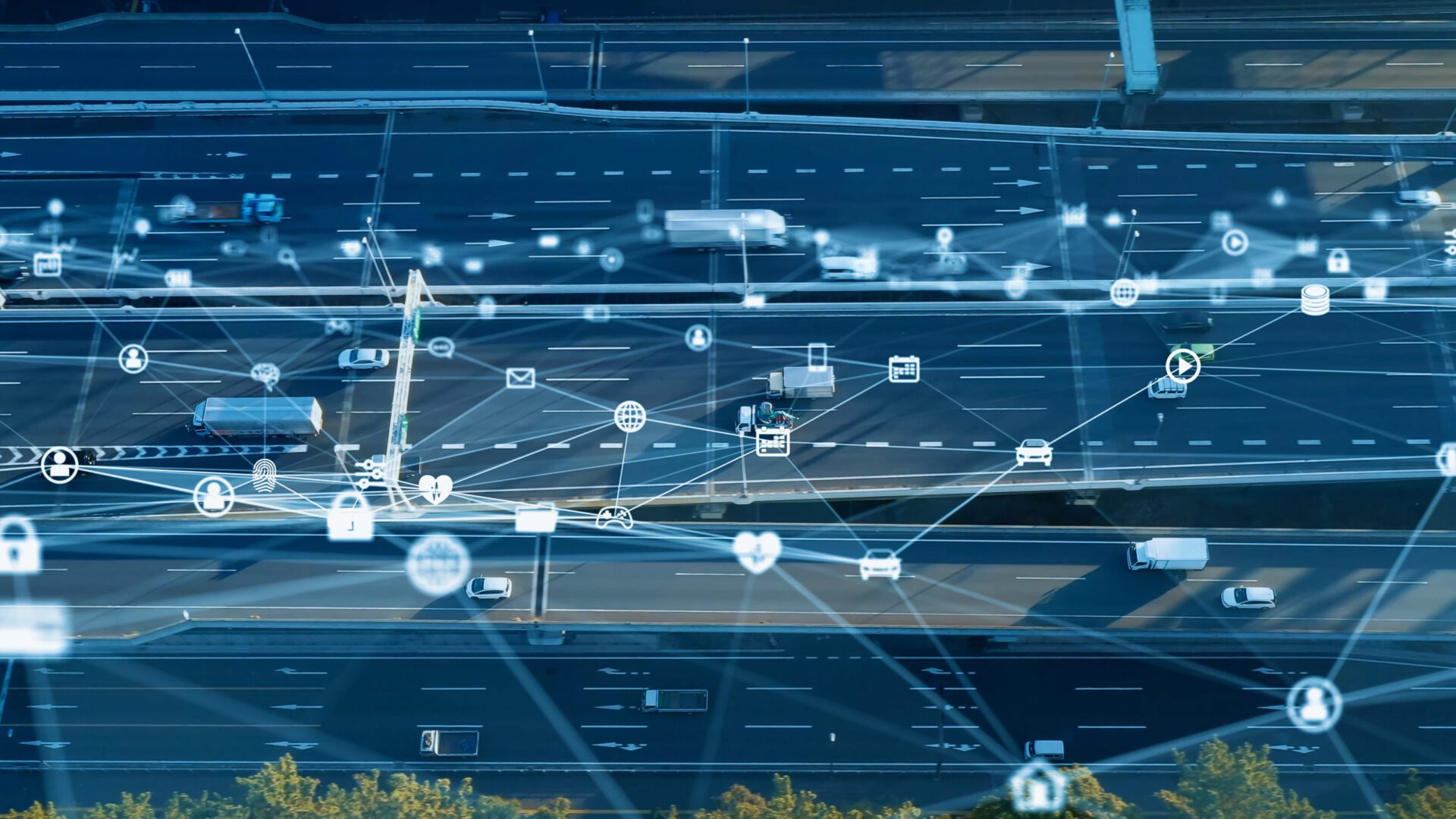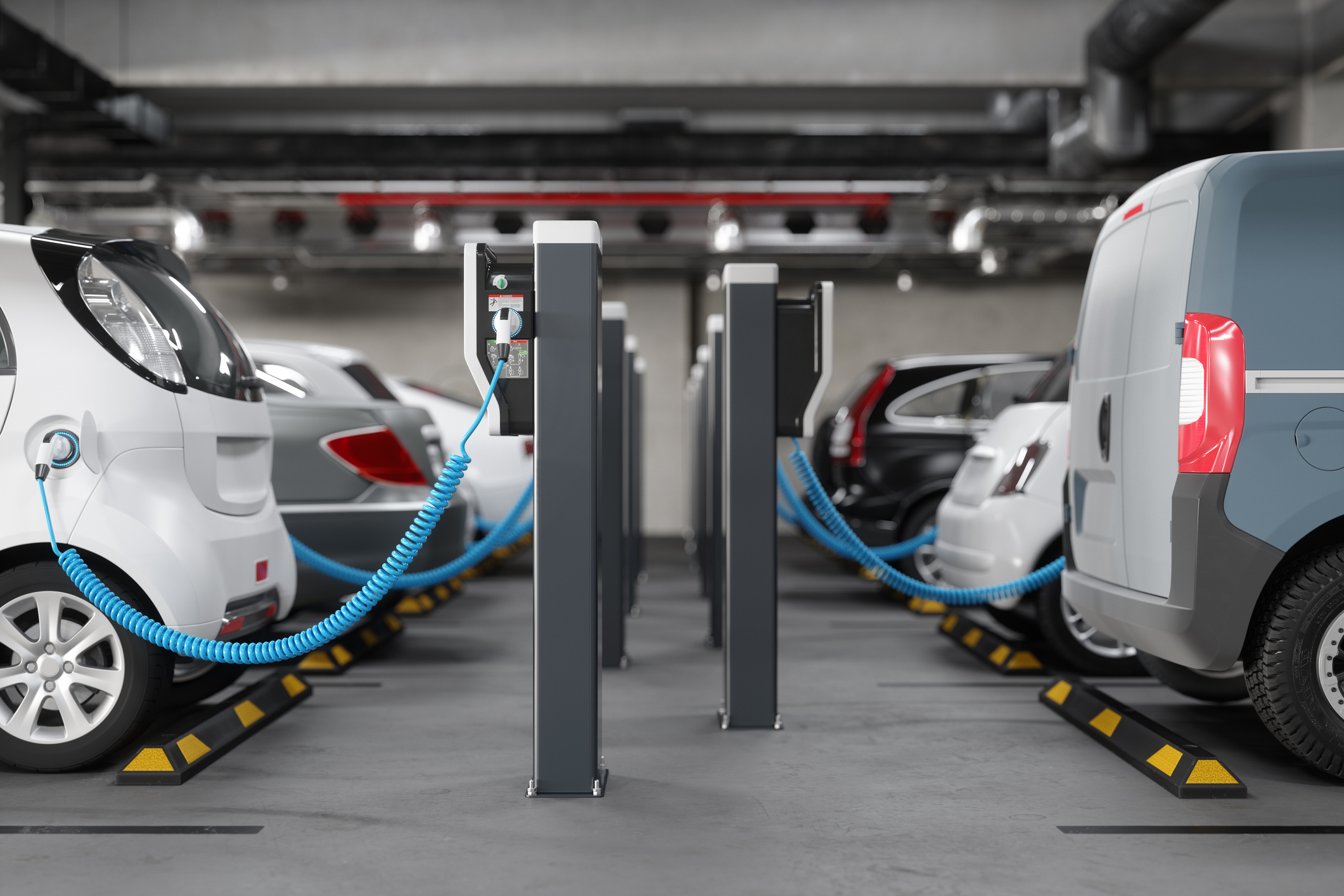Between the electrification initiatives that parallel global decarbonization efforts, and increased access to electric vehicles (EVs), the grid is increasingly challenged to meet consumer needs and tech disruption. Fortunately, the proliferation of distributed energy resources (DERs) like solar power and EVs creates an opportunity for utility providers to meet decarbonization requirements, enhance grid reliability, and generate needed revenue streams through lowered energy purchasing costs. As the EV market continues to grow exponentially, there is an increased volume of available information to enhance programmatic efficiencies. One such technology, EV telematics, can fine-tune this process, by providing a robust source of data to utility program managers, from when EV charging occurs to the longevity of battery life.
What is EV Telematics
In general, telematics is the long-distance exchange of information using the internet-of-things (IoT) to employ vehicular tech, telecommunications, sensors, and more to convey telemetric data. To simplify, telematics is a way for different, WiFi-enabled devices to communicate information. EV telematics builds on these existing technologies to communicate data about your vehicle to a separate device. For example, EV telematics could tell an electric vehicle owner how long it takes their car to charge when they charge the most often, and where they’ve traveled. This is all useful information for any driver who might need to plot their travel based on range and habits.
Understanding Charging Patterns
While peak load times vary by the utility provider, in general, peak hours are in the early-evening hours later in the day. Historically, this time period of peak usage reflects temperature extremes that require air conditioning to manage, high temperatures that are unfortunately becoming more common due to climate change. EV charging presents a challenge, as there is evidence to support that for many, charging takes place overnight or, if possible, in the morning after workers have arrived at their place of business. With EV adoption growing, the grid will become increasingly complicated by this shift to the pre-existing peak energy load paradigm.
Each EV is a little different in terms of individual charging times, which has evolved with the technology. Currently, there are three types of EV chargers:
- Level 1 – The most common electric vehicle supply equipment (ESVE), level 1 chargers plug straight into a standard 120-volt household outlet and can add about 3-6 miles of range per hour. Unfortunately, charging an EV battery from empty to full range can take days.
- Level 2 – An upgrade to level 1, these chargers require the installation of a 240-volt outlet as well as the appropriate EVSE cables but yield a much higher rate of return on a charge. Still, these outlets can charge much faster, adding about 20-30 miles of range per hour.
- DC Fast Charging/Tesla Supercharging – By far the quickest EVSE outlet, these charging stations are exponentially faster than even the level 2 chargers, drawing about 80% of a full battery in approximately 20-45 minutes.
As of now, EV charging times vary dramatically based on price points, but there are promising advances in EV charging, battery storage, and more that could further complicate charging times. In some ways, these updates to charging speeds and battery storage will lower peak demand needs, but will also alleviate range anxiety and increase EV adoption. Fortunately, there are readily available opportunities for enterprising utility program managers.
EV Telematics & DR/DER Programs
While telematics technology is useful to enhance the driving experience for EV owners, EV telematics has great potential for utility programs. Through vehicle-to-grid (V2G) charging, vehicular batteries serve as a mobile DER, a resource that can be tied back into the grid to ameliorate peak energy demand during high periods of consumption. For demand flexibility and DER programs, EV telematics can provide utility operations with pertinent information about charging times, from the duration of charging to the times of day that are the most common. This information is critical in determining potential demand events, while simultaneously aiding program managers to better forecast their energy purchasing needs.
Scaling Up Your Programs
The success of any demand flexibility or DER program hinges on customer enrollment and participation. Developing any utility program carries upfront costs like the API development required for devices to communicate. Fortunately, with the right distributed energy resource management system (DERMS), utility providers can find device agnostic connectivity with ease, allowing multiple devices to communicate quickly and efficiently. EV telematics complements these efforts by providing actionable data analytics to utility program designers, allowing them to run more efficient, less intrusive demand events while enhancing customer satisfaction. Remember: even in the utility industry, happy customers can lead to increased revenue.
Energy Purchasing
Through data analytics, EV telematics is an effective tool for compiling demand forecasting data. Through telematics, utilities can get a clear picture of when and how an electric vehicle charges, which can inform your time-of-use rate strategies. Furthermore, this information is equally invaluable in helping utilities determine their potential energy purchasing needs and can generate actionable insights about how continued EV adoption may reshape the grid.
EV Telematics Features To Look For
Having established what EV telematics is and how this technology adds immediate value to a utility operation, what types of features can program managers expect? Let’s examine a few features worth further consideration.
Ease of Use
As mentioned above, device enrollment is typically part of the program development phase. Fortunately, some DERMS are packaged with time and money-saving API tools, designed to be device agnostic. This streamlines development time and helps utilities to hasten the deployment of their program.
Customer Engagement
While not a direct feature of EV telematics, the information provided through a utility app —an interface between the DERMS and utility provider— can improve program efficiency, and lead to better, more robust customer engagement. Using a utility app, program managers can gather data and run programs at times designed to be the most effective and least intrusive. Furthermore, customer data can aid program managers in behavioral events and in encouraging the participation of early adopters.
Real-Time Data Reporting
It’s worth repeating, but real-time data reporting is an effective measure of what the grid needs at any given moment. As this data can inform the current situation, it is beneficial in determining the best times to deploy demand or DER programs—including the estimated load shed and shift—as well as better informing any TOU rates and day-to-day demand forecasting needs.
Virtual Power Plant Potential
An evolution of DER technologies is the virtual power plant (VPP). A VPP is a collection of WiFi-connected DERs that program managers can access during peak events. Through V2G charging, dormant EV batteries can be tapped during demand events to help resupply and stabilize the grid, all through renewable energies. EV batteries offer a reciprocal charging opportunity featuring carbon-neutral energies that satisfy both regulatory demands while minimizing energy spending and consumption.
EV Telematics Conclusion
In a recent poll conducted across 17 advanced economies, 72% of people around the world indicated that they are very concerned with climate change. In the same poll, 80% of respondents responded that they believe that a large, concerted global effort is required to mitigate the effects of climate change. Change is coming, whether that’s regulatory pressure designed to minimize carbon emissions or prosumer-drive tech disruption. EV telematics provides an opportunity to keep pace with the future.
With EV telematics, utilities can determine optimal times to run programs that aren’t disruptive to customers. This improves the capabilities of either a demand flexibility or DER program while improving the customer experience; their power stays on, electric rates are easier to manage, and program managers can capitalize on quieter, off-peak times to run their battery programs or more. EV telematics presents a win-win for a paradigm shift in the utility industry that isn’t just imminent, but here.





